Home>Gardening & Outdoor>Landscaping Ideas>What Kills Poa Annua In Bermuda Grass
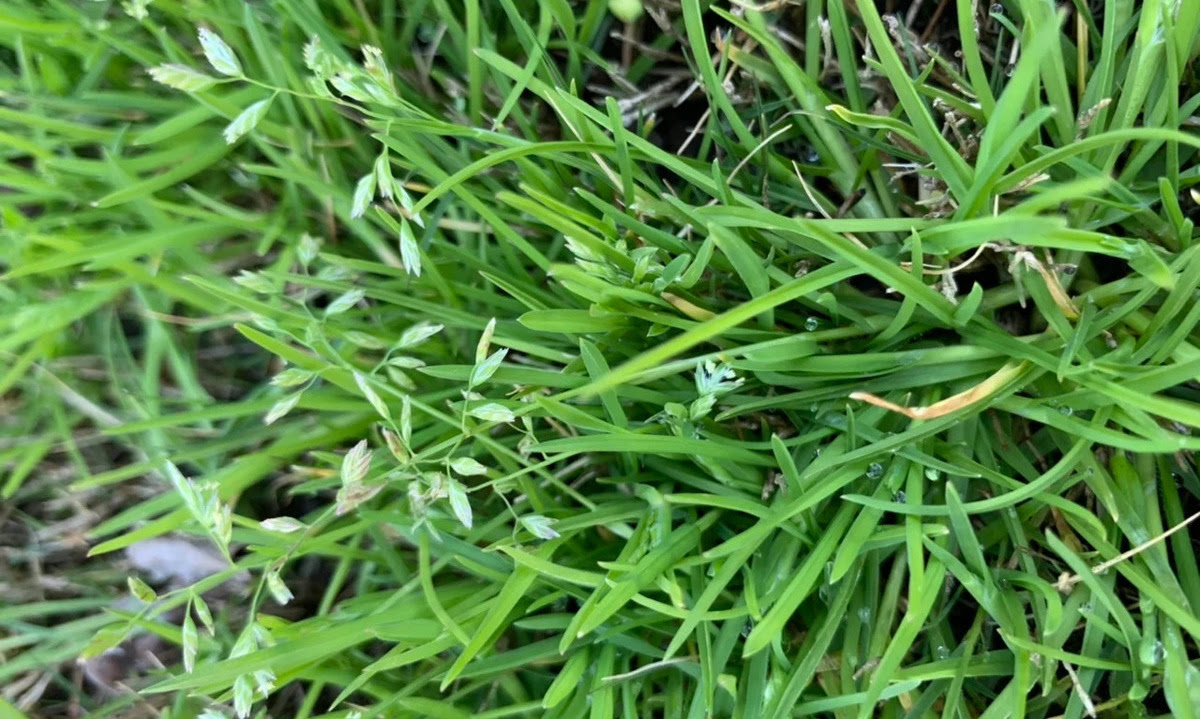

Landscaping Ideas
What Kills Poa Annua In Bermuda Grass
Modified: April 1, 2024
Looking for effective landscaping ideas to eliminate Poa Annua in Bermuda grass? Discover expert tips and solutions to tackle this common issue and restore the beauty of your lawn.
(Many of the links in this article redirect to a specific reviewed product. Your purchase of these products through affiliate links helps to generate commission for Storables.com, at no extra cost. Learn more)
Introduction
Bermuda grass is a popular choice for lawns, golf courses, and athletic fields due to its resilience and vibrant green appearance. However, the presence of Poa annua, commonly known as annual bluegrass, can pose a significant challenge to the health and aesthetics of Bermuda grass. Understanding the nature of Poa annua and the methods for controlling its growth is crucial for maintaining a lush and thriving Bermuda grass landscape.
Poa annua is a cool-season annual grass that often infiltrates Bermuda grass lawns, creating an uneven and unsightly appearance. Its ability to germinate and spread rapidly, especially in cooler temperatures, makes it a formidable adversary for Bermuda grass enthusiasts. The distinctive light green color and seed heads of Poa annua can disrupt the uniformity of Bermuda grass, detracting from its visual appeal.
In addition to its visual impact, Poa annua can also affect the overall health of Bermuda grass. Its aggressive growth can outcompete Bermuda grass, leading to thinning and weakened turf. This can result in increased vulnerability to pests, diseases, and environmental stressors, ultimately compromising the resilience of the Bermuda grass landscape.
Controlling Poa annua in Bermuda grass requires a multifaceted approach that encompasses both natural and chemical methods. By understanding the challenges posed by Poa annua and implementing effective control strategies, lawn enthusiasts and landscaping professionals can preserve the vitality and aesthetics of Bermuda grass, ensuring a vibrant and resilient outdoor environment.
In the following sections, we will delve into the intricacies of Poa annua, explore the challenges it presents in Bermuda grass, and discuss natural and chemical methods for controlling its growth. Additionally, we will highlight best practices for preventing the infiltration of Poa annua in Bermuda grass, empowering readers with the knowledge and strategies needed to maintain a thriving and visually appealing landscape.
Key Takeaways:
- Poa annua, or annual bluegrass, can harm Bermuda grass. It grows fast, looks different, and weakens the turf. Using natural methods like proper lawn care and hand removal can help control it.
- Chemical methods like herbicides can also control Poa annua. Integrating natural and chemical methods, along with good lawn practices, can prevent its spread and keep Bermuda grass healthy.
Read more: What Is Poa Annua Grass
Understanding Poa Annua
Poa annua, also known as annual bluegrass, is a pervasive and resilient cool-season annual grass that often infiltrates Bermuda grass landscapes. Recognizable by its distinctive light green color and delicate seed heads, Poa annua has the ability to germinate and spread rapidly, particularly in cooler temperatures, posing a significant challenge to the visual appeal and health of Bermuda grass.
One of the defining characteristics of Poa annua is its adaptability to a wide range of environmental conditions. This grass species thrives in moist, shaded areas, making it particularly adept at colonizing the understory of Bermuda grass lawns. Its ability to establish itself in diverse habitats contributes to its widespread presence in turfgrass environments.
Poa annua is known for its prolific seed production, with a single plant capable of generating thousands of seeds. These seeds can remain viable in the soil for an extended period, germinating when conditions are favorable. This reproductive resilience enables Poa annua to persist and proliferate, making it a formidable competitor to Bermuda grass.
In addition to its reproductive prowess, Poa annua exhibits rapid growth, allowing it to outcompete Bermuda grass and create an uneven and patchy appearance in the turf. Its aggressive nature can lead to the formation of dense mats, further impeding the growth and vigor of Bermuda grass.
Furthermore, the presence of Poa annua can disrupt the uniformity of Bermuda grass, detracting from its visual appeal and creating an aesthetically inconsistent landscape. The light green color and distinctive seed heads of Poa annua stand in stark contrast to the vibrant green hue of Bermuda grass, resulting in an unattractive and disjointed overall appearance.
Understanding the characteristics and growth habits of Poa annua is essential for devising effective control strategies. By gaining insight into the adaptive nature and reproductive resilience of Poa annua, lawn enthusiasts and landscaping professionals can implement targeted approaches to mitigate its impact and preserve the vitality of Bermuda grass landscapes.
Challenges of Poa Annua in Bermuda Grass
The infiltration of Poa annua poses multifaceted challenges to the health and aesthetics of Bermuda grass landscapes. One of the primary concerns associated with Poa annua is its aggressive growth habit, which allows it to outcompete Bermuda grass and create an uneven and patchy appearance in the turf. This can lead to a visually inconsistent landscape, detracting from the lush and uniform expanse typically associated with Bermuda grass.
Moreover, the rapid germination and proliferation of Poa annua seeds contribute to its pervasive presence in Bermuda grass lawns. The prolific seed production of Poa annua enables it to establish dense populations, further exacerbating its impact on the overall appearance and health of the turf. The ability of Poa annua to form dense mats can impede the growth and vigor of Bermuda grass, leading to thinning and weakened turf that is more susceptible to environmental stressors and pest infestations.
In addition to its competitive nature, Poa annua's distinctive light green color and seed heads create a stark contrast with the vibrant green hue of Bermuda grass, resulting in an aesthetically disjointed landscape. This visual incongruity diminishes the overall appeal of the turf, undermining the efforts to maintain a visually pleasing and uniform Bermuda grass lawn.
Furthermore, the adaptability of Poa annua to thrive in shaded and moist areas contributes to its resilience and ability to colonize the understory of Bermuda grass. This presents a significant challenge for lawn enthusiasts and landscaping professionals, as the presence of Poa annua in shaded regions can compromise the uniformity and vitality of the turf, creating an unattractive and inconsistent visual impression.
The challenges posed by Poa annua in Bermuda grass necessitate a comprehensive and targeted approach to control its growth and preserve the integrity of the landscape. By addressing the competitive, visual, and environmental impact of Poa annua, individuals can implement effective strategies to mitigate its influence and maintain the vibrancy and uniformity of Bermuda grass lawns.
Natural Methods for Controlling Poa Annua
Implementing natural methods for controlling Poa annua in Bermuda grass landscapes offers an environmentally friendly and sustainable approach to managing its growth. By leveraging natural strategies, lawn enthusiasts and landscaping professionals can effectively mitigate the impact of Poa annua while promoting the health and resilience of Bermuda grass.
1. Proper Lawn Maintenance
Maintaining optimal lawn health through proper cultural practices is essential for minimizing the establishment and proliferation of Poa annua. Regular mowing at the appropriate height for Bermuda grass helps to promote its vigor and density, creating a competitive environment that inhibits the growth of Poa annua. Additionally, adequate irrigation and soil management contribute to the overall health of Bermuda grass, reducing the susceptibility of the turf to Poa annua infestation.
Read more: What Temperature Does Poa Annua Germinate
2. Enhancing Soil Health
Improving soil health through organic amendments and proper fertilization can bolster the vitality of Bermuda grass while creating less favorable conditions for Poa annua. Organic matter applications enhance soil structure and microbial activity, fostering a robust turf environment that impedes the encroachment of Poa annua. Furthermore, balanced fertilization practices tailored to the specific needs of Bermuda grass promote vigorous growth, further suppressing the establishment of Poa annua.
3. Shade Management
Addressing shade issues within the landscape is crucial for minimizing the colonization of Poa annua in shaded areas. Pruning overhanging branches and strategically selecting shade-tolerant Bermuda grass varieties can reduce the prevalence of shaded areas conducive to Poa annua growth. By optimizing sunlight exposure and airflow, the turf environment becomes less hospitable to the encroachment of Poa annua, contributing to a more uniform and resilient Bermuda grass lawn.
4. Hand Removal and Thinning
Regular monitoring and hand removal of Poa annua plants can prevent the formation of dense populations and limit its spread within the turf. Thinning out patches of Poa annua and overseeding with Bermuda grass can help restore uniformity and density to the lawn, reducing the opportunities for Poa annua to establish and proliferate. This manual intervention, coupled with overseeding, promotes the dominance of Bermuda grass, diminishing the presence of Poa annua over time.
5. Utilizing Natural Competition
Encouraging natural competition through the promotion of beneficial turfgrass species can help suppress the growth of Poa annua. Selecting and establishing competitive grass species that thrive in the local climate and soil conditions can create a robust turf ecosystem that inhibits the expansion of Poa annua. By fostering a diverse and resilient turfgrass community, the dominance of Bermuda grass is reinforced, reducing the susceptibility of the landscape to Poa annua infiltration.
By integrating these natural methods into lawn care practices, individuals can effectively manage the presence of Poa annua in Bermuda grass landscapes while nurturing the vitality and visual appeal of the turf. These natural strategies offer sustainable solutions that align with environmentally conscious landscaping practices, contributing to the long-term health and resilience of Bermuda grass environments.
Read more: What Is The Best Way To Kill Bermuda Grass
Chemical Methods for Controlling Poa Annua
Chemical methods provide targeted and effective solutions for controlling Poa annua in Bermuda grass landscapes. By leveraging herbicides and selective control products, lawn enthusiasts and landscaping professionals can address Poa annua infestations with precision, minimizing its impact on the visual appeal and health of the turf.
1. Pre-Emergent Herbicides
Pre-emergent herbicides are valuable tools for preventing the germination and establishment of Poa annua seeds. These herbicides create a barrier in the soil, inhibiting the growth of Poa annua seedlings and reducing its ability to proliferate within the turf. By applying pre-emergent herbicides at the appropriate timing, typically in the fall before Poa annua seeds germinate, individuals can proactively manage its presence and prevent widespread infestations.
2. Post-Emergent Herbicides
Post-emergent herbicides target actively growing Poa annua plants, providing effective control and suppression. Selective herbicides designed specifically for Bermuda grass allow for the targeted removal of Poa annua while preserving the integrity of the desired turf. By applying post-emergent herbicides in accordance with product guidelines and timing recommendations, individuals can address existing Poa annua infestations and restore the uniformity and visual appeal of the Bermuda grass landscape.
3. Selective Control Products
Selective control products offer tailored solutions for managing Poa annua without adversely affecting Bermuda grass. These products are designed to specifically target Poa annua while minimizing impact on desirable turf species. By utilizing selective control products, individuals can address Poa annua infestations with precision, mitigating its presence and promoting the dominance of Bermuda grass within the landscape.
Read more: What Is Poa Grass
4. Integrated Approach
Integrating chemical methods with natural strategies and cultural practices can enhance the overall efficacy of Poa annua control. By combining chemical control products with proper lawn maintenance, soil health enhancement, and shade management, individuals can create a comprehensive approach that addresses the multifaceted challenges posed by Poa annua. This integrated strategy maximizes the impact of control efforts while promoting the long-term health and resilience of Bermuda grass environments.
By incorporating these chemical methods into a holistic approach to Poa annua control, individuals can effectively manage its presence and preserve the vitality and visual appeal of Bermuda grass landscapes. It is essential to adhere to product labels and guidelines, as well as local regulations, when utilizing chemical control methods to ensure safe and responsible application practices.
Best Practices for Preventing Poa Annua in Bermuda Grass
Preventing the infiltration and proliferation of Poa annua in Bermuda grass landscapes requires a proactive and comprehensive approach that encompasses a range of best practices. By implementing targeted strategies aimed at creating an inhospitable environment for Poa annua while promoting the vigor and resilience of Bermuda grass, individuals can effectively safeguard the visual appeal and health of the turf. The following best practices serve as foundational principles for preventing the encroachment of Poa annua in Bermuda grass:
-
Cultural Practices: Emphasizing proper cultural practices, such as regular mowing at the appropriate height for Bermuda grass, adequate irrigation, and soil management, is fundamental for creating a competitive turf environment that inhibits the growth of Poa annua. By maintaining optimal lawn health, individuals can minimize the establishment and proliferation of Poa annua, fostering a robust Bermuda grass landscape.
-
Overseeding and Thinning: Periodic overseeding with Bermuda grass and thinning out patches of Poa annua can help restore uniformity and density to the turf, reducing the opportunities for Poa annua to establish and proliferate. This practice promotes the dominance of Bermuda grass, diminishing the presence of Poa annua over time and contributing to a visually consistent and resilient lawn.
-
Soil Health Enhancement: Improving soil health through organic amendments and balanced fertilization creates less favorable conditions for Poa annua while bolstering the vitality of Bermuda grass. Organic matter applications enhance soil structure and microbial activity, fostering a robust turf environment that impedes the encroachment of Poa annua, contributing to the long-term health and resilience of the landscape.
-
Shade Management: Addressing shade issues within the landscape by pruning overhanging branches and selecting shade-tolerant Bermuda grass varieties reduces the prevalence of shaded areas conducive to Poa annua growth. Optimizing sunlight exposure and airflow creates a less hospitable environment for Poa annua, promoting a visually uniform and resilient Bermuda grass lawn.
-
Integrated Approach: Integrating natural and chemical control methods with cultural practices and shade management creates a comprehensive approach to preventing Poa annua in Bermuda grass. By combining these strategies, individuals can maximize the efficacy of prevention efforts while promoting the long-term health and visual appeal of the turf.
By embracing these best practices and integrating them into lawn care routines, individuals can proactively prevent the establishment and proliferation of Poa annua in Bermuda grass, ensuring a vibrant, uniform, and visually appealing landscape. These practices serve as pillars of proactive turf management, empowering individuals to preserve the integrity and resilience of Bermuda grass environments.
Frequently Asked Questions about What Kills Poa Annua In Bermuda Grass
Was this page helpful?
At Storables.com, we guarantee accurate and reliable information. Our content, validated by Expert Board Contributors, is crafted following stringent Editorial Policies. We're committed to providing you with well-researched, expert-backed insights for all your informational needs.
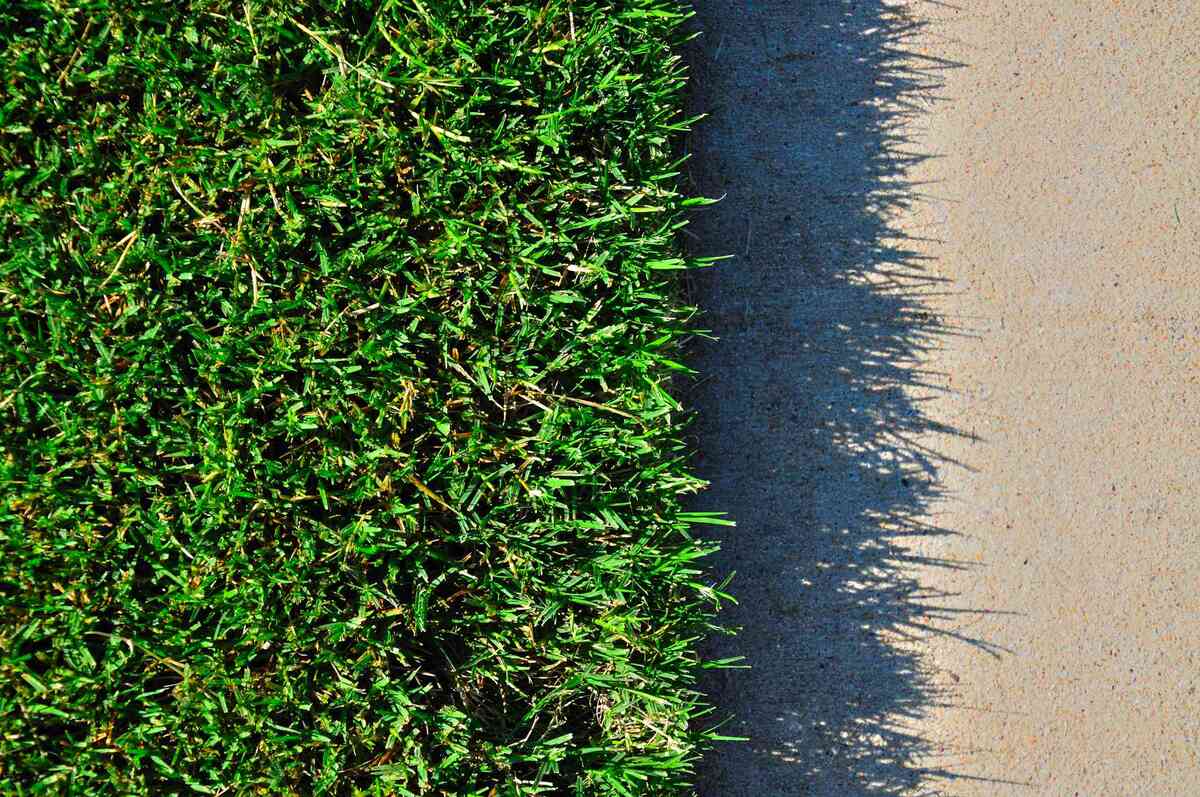
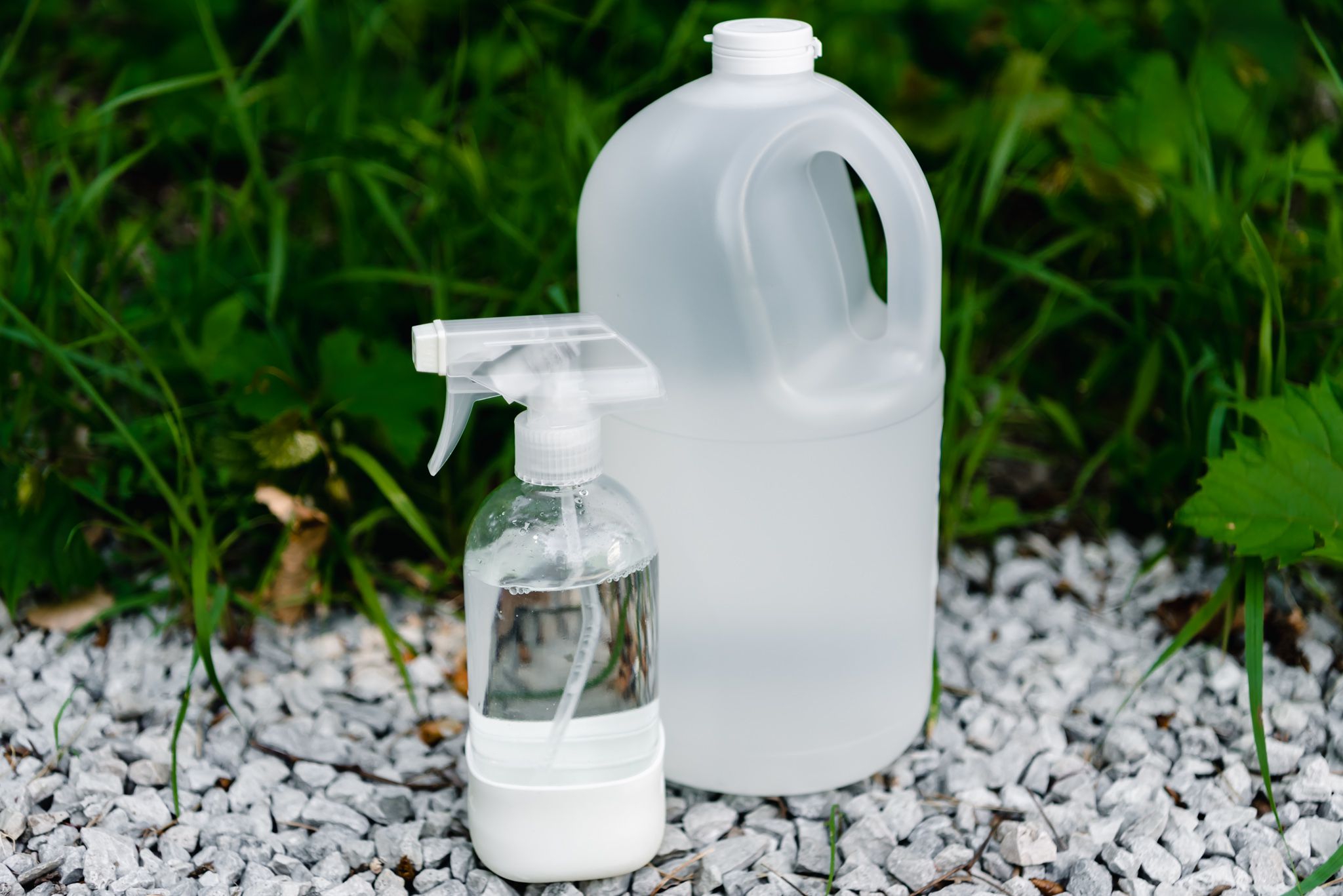
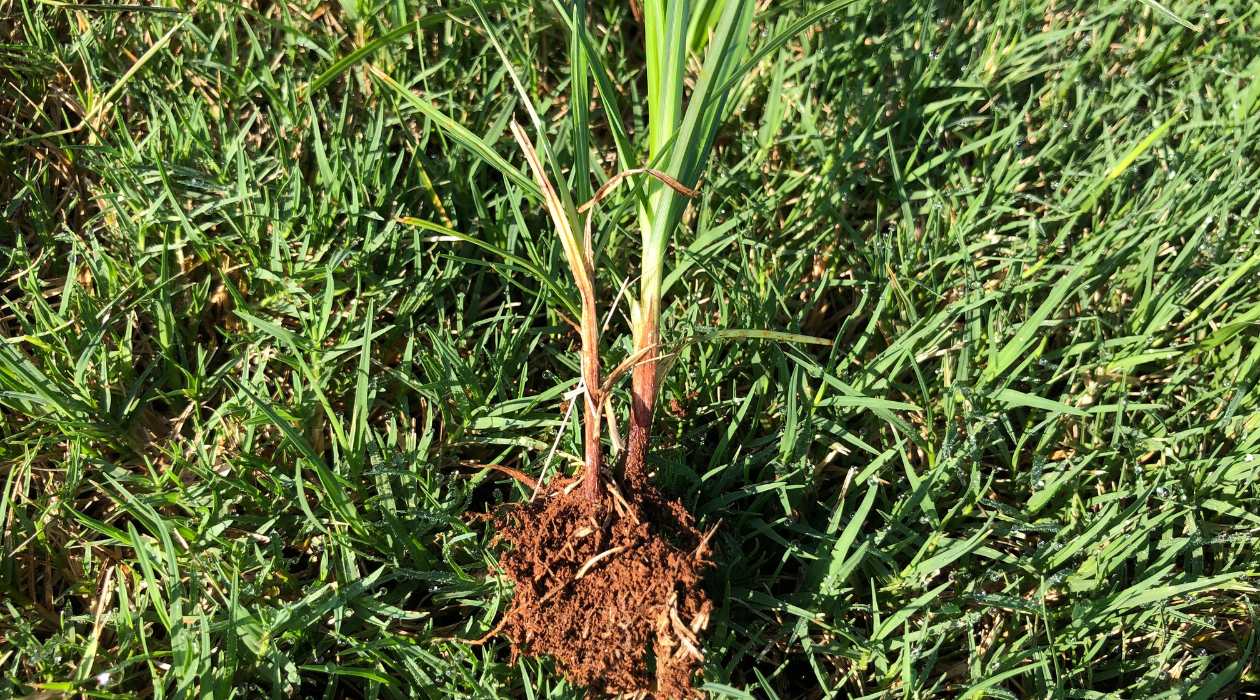
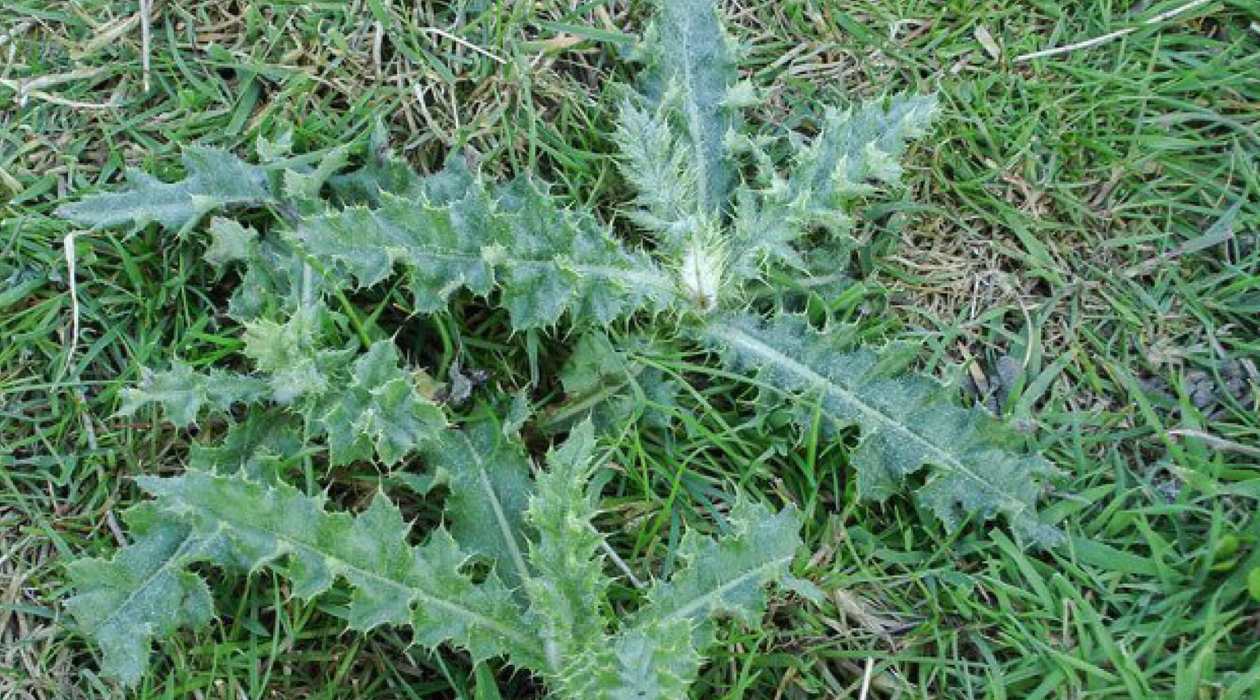
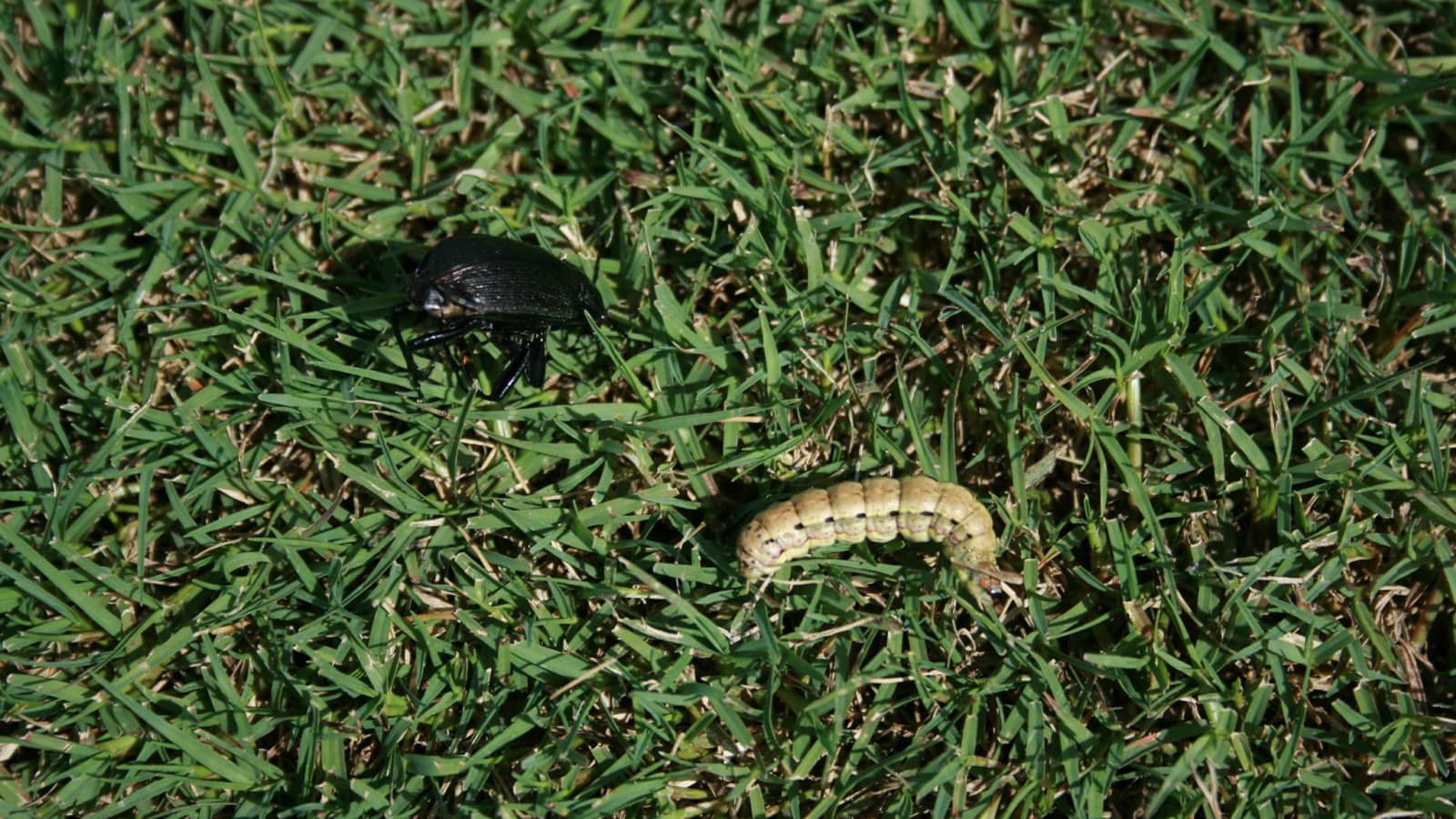
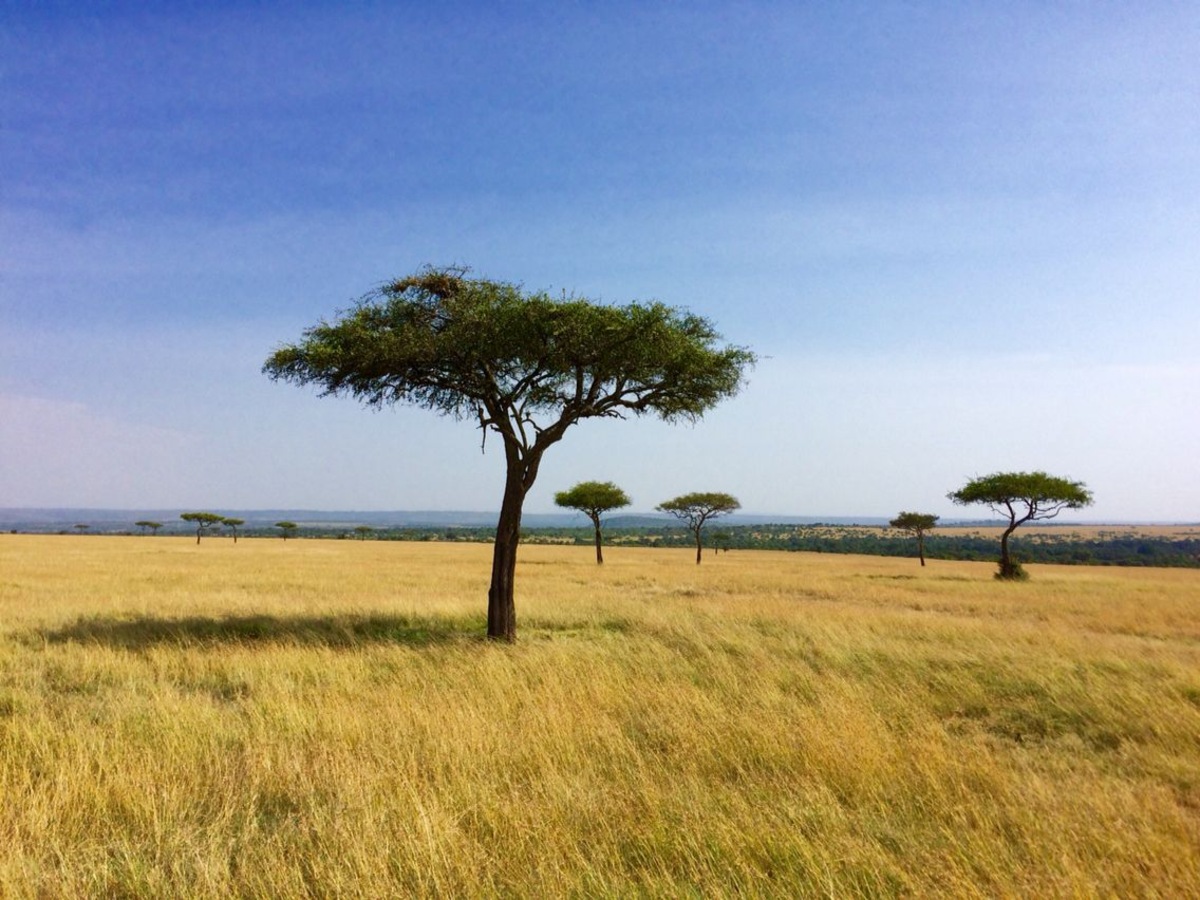
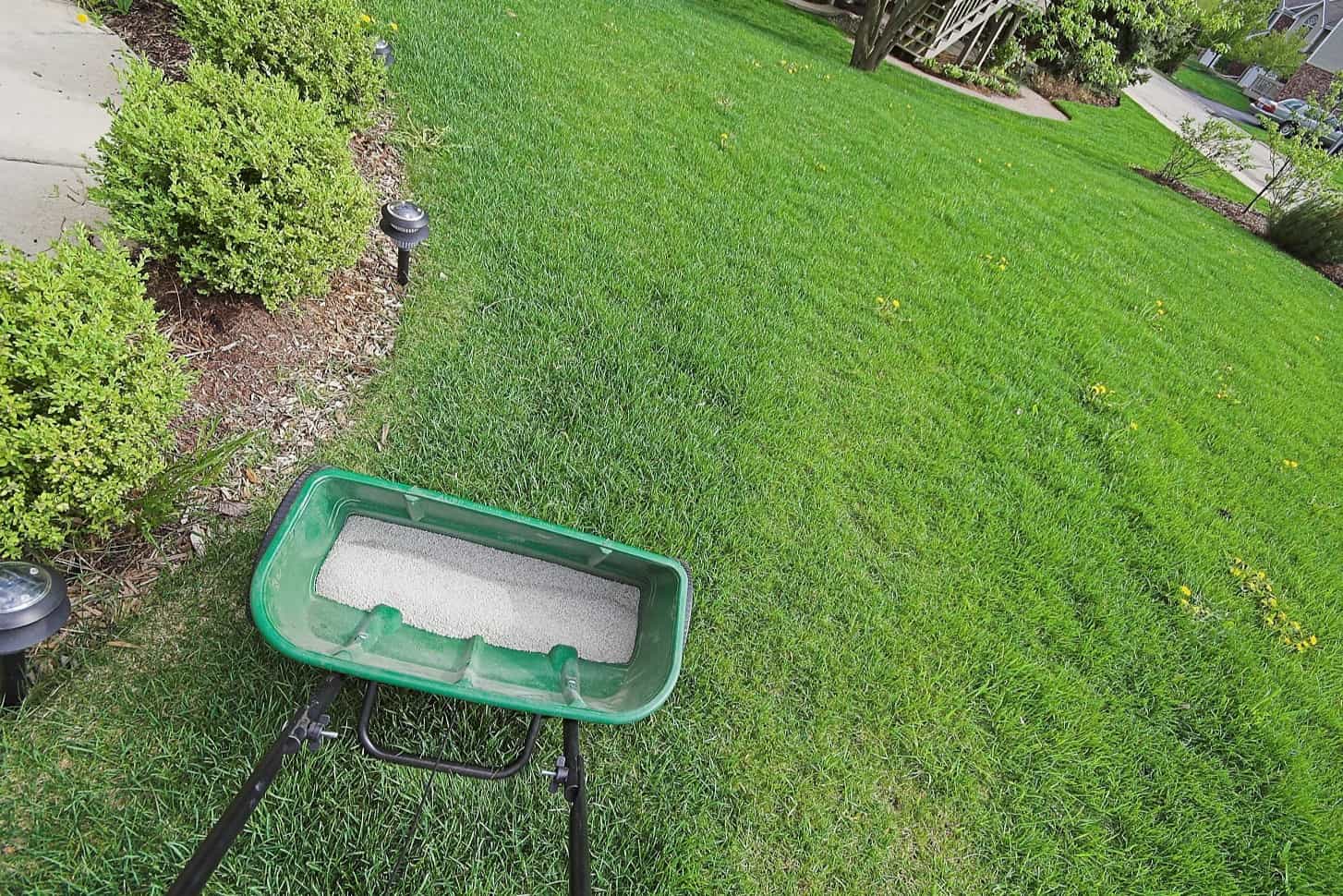
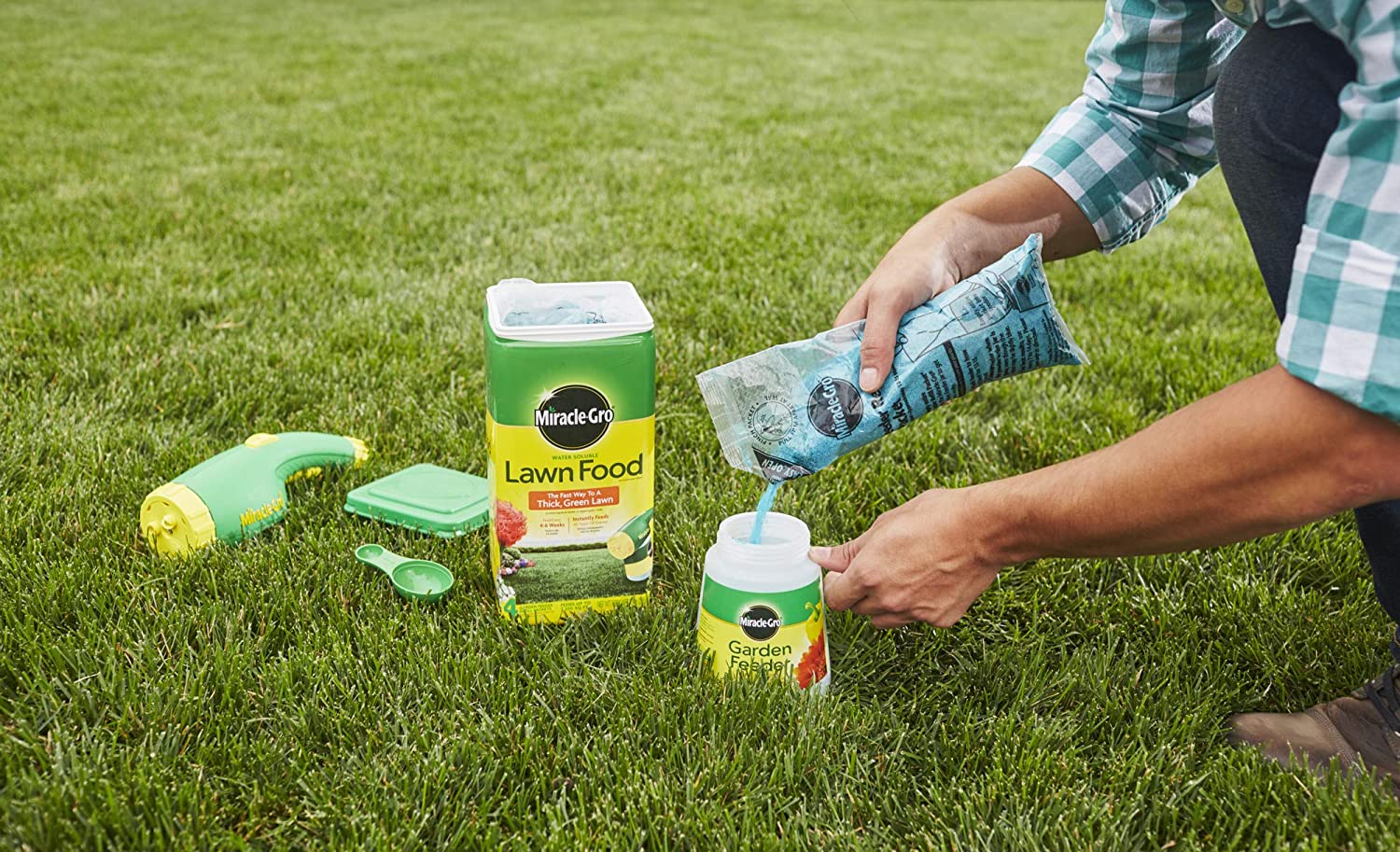
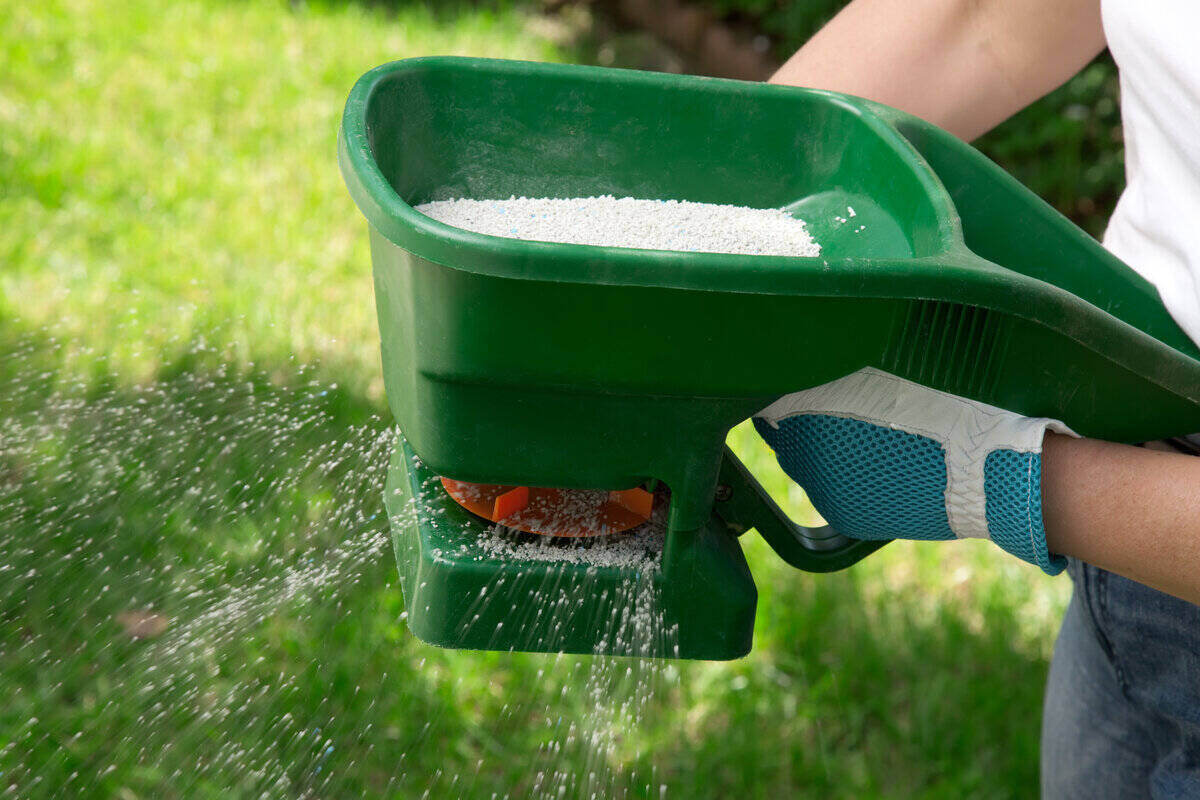
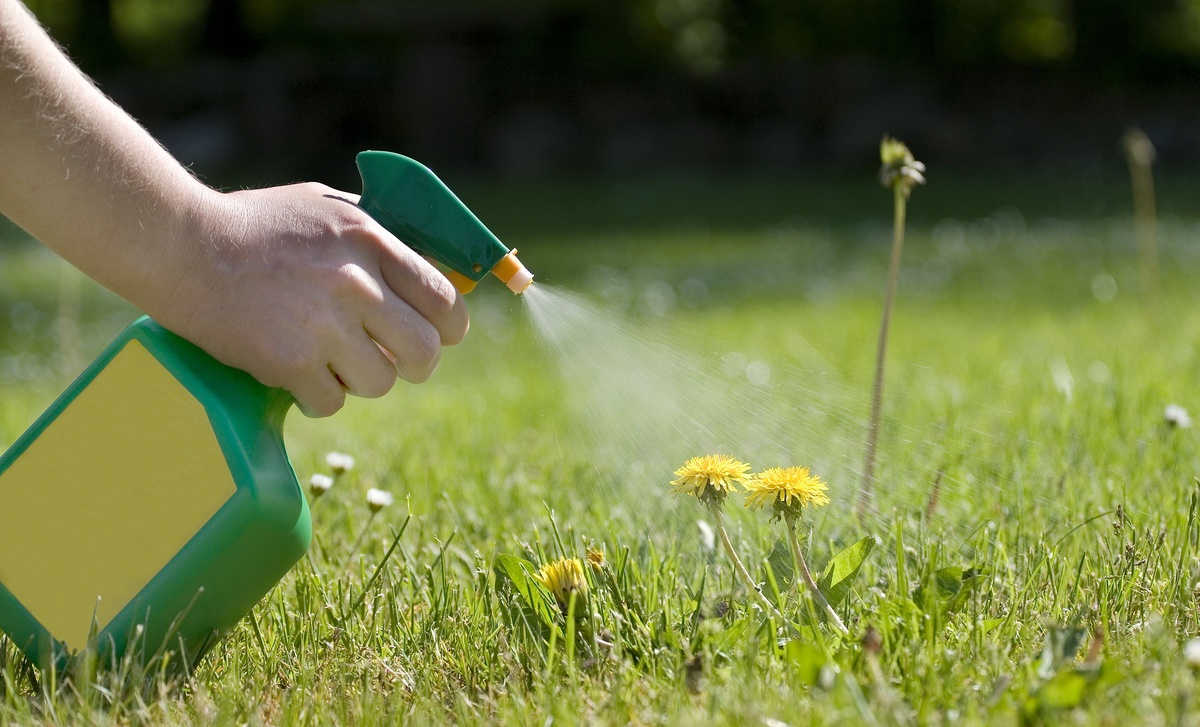
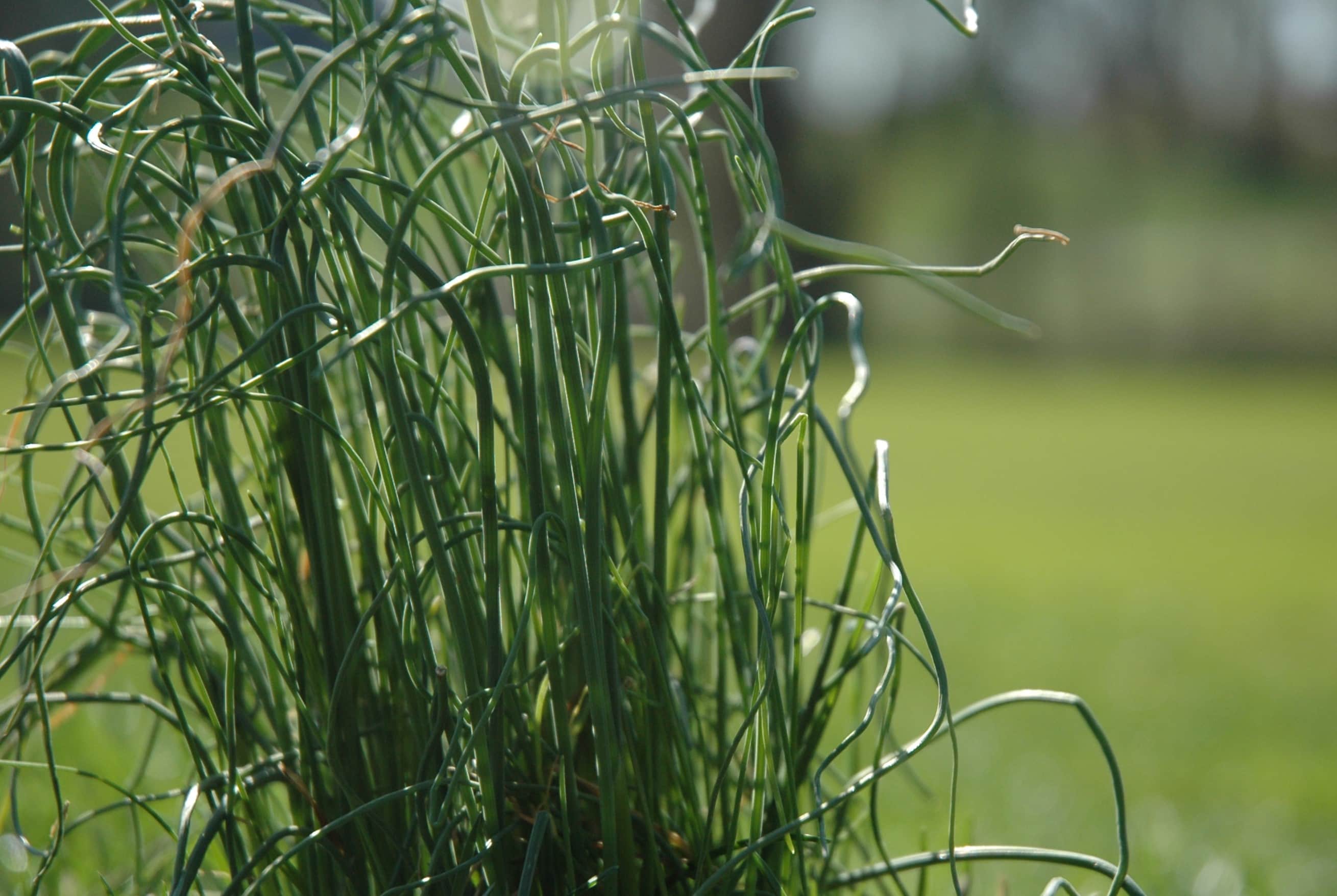
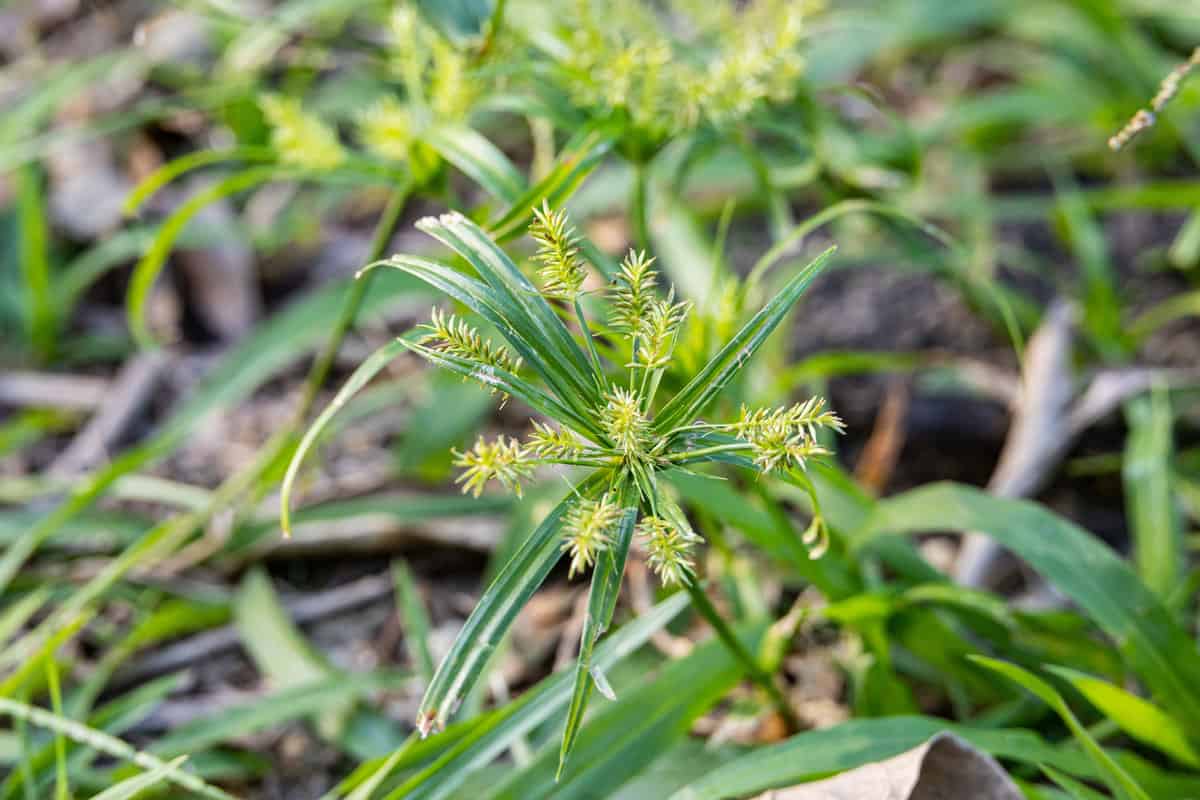

0 thoughts on “What Kills Poa Annua In Bermuda Grass”